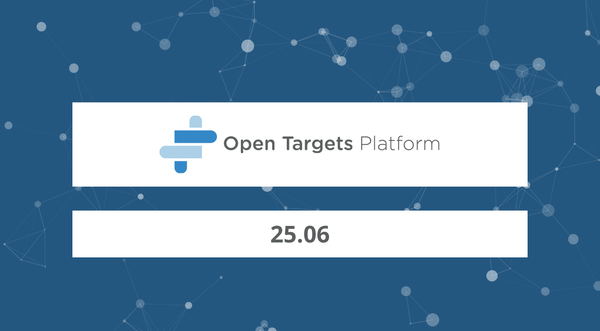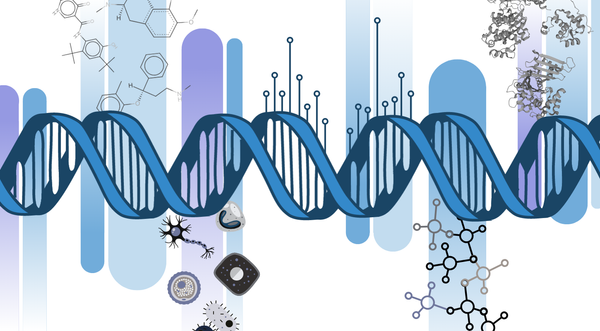What's new in our release v1.1
Coinciding with our release 1.1 , we are changing our name to Open Targets. Information about Open Targets will now be found on the new site at opentargets.org. The Target Validation Platform has been renamed to Open Targets Platform and will remain accessible from the usual targetvalidation.org.
As you can see we are also launching a blog. It will contain updates on new releases and more technical details on what happens under the hood of targetvalidation.org.
Features
This release 1.1 contains important new features described in detail in the documentation, most notably:
- New public REST API: programmatic access to the Open Targets Platform (see API documentation). Head to the API tutorial post to learn how to query and use the data we have assembled as part of the opentarget group
- Data dumps: direct access to the data (see downloads)
- Look and Feel: new 'Open Targets' logo and new color palette
- Search results: results of a search are presented by order of relevance and indicates the number of diseases associated for any target and the number of targets associated for any disease. Matched terms are highlighted
- Target Association page: Therapeutic Areas are now presented as individual facets that can be combined. This is consistent with the data type facets
- Target-Disease Evidence page: somatic mutations from the Cancer Gene Census are presented by mutation type with the number of samples recorded for each mutation type. The cellular mechanism of the mutation (dominant/recessive) is also given based on the Cancer Gene Census annotation
- Target-Disease Evidence: for known drug evidence, the clinical trial phase status is presented
We have also updated the data. The Open Targets Platform now integrates over 2.1M target-disease associations covering 7,954 diseases and 24,774 targets from the following public resources:
- 9,445 ontology classes from the Experimental Factor Ontology (EFO version 2.69)
- 10,571 genetic evidence from UniProt, a comprehensive, high-quality and freely accessible resource of protein sequence and functional information
- 19,857 genetic evidence from European Variation Archive (EVA), an open-access database of all types of genetic variation data from human
- 25,536 genetic evidence from GWAS Catalog, the NHGRI-EBI Catalog of published genome-wide association studies
- 29,812 evidence from ChEMBL, a database that contains compound bioactivity data against drug targets
- 433,809 evidence from Expression Atlas that provides information on gene expression patterns under different biological conditions
- 9,468 affected pathway evidence from Reactome, a free, open-source, curated and peer reviewed pathway database
- 9,790 evidence from the COSMIC cancer Gene Census, a catalogue of genes for which mutations have been causally implicated in cancer
- 457 somatic evidence from European Variation Archive (EVA)
- 395,407 evidence from PhenoDigm, a database of animal model matches ranked by their phenotypic similarity to human disorder
- 3,166,744 scientific literature evidence from co-occurence mining in Europe PMC



